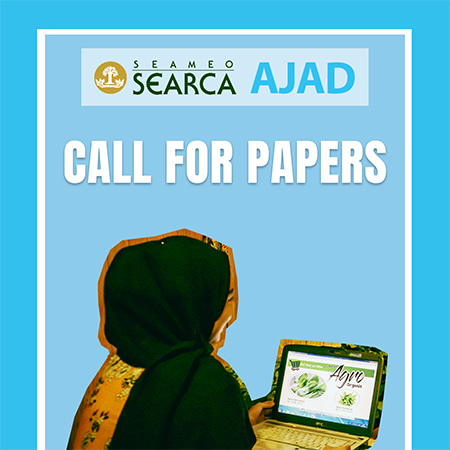- Paperback 978-971-560-161-0
- e-ISBN 978-971-560-162-7
This study was undertaken to assess the status of Good Agricultural Practices (GAP) adoption in the Philippines in relation to two of the country’s top export fruit crops: Cavendish banana and Carabao or Super Manila mango. Specifically, the study aimed to identify the drivers of and constraints to GAP adoption in the country, with the end goal of crafting policy strategies to enhance adoption for the two identified commodities in the study. Davao was selected as the study area for banana, being the country’s top banana exporter. For mango, Zambales was chosen because it is the origin of the sweetest mango in the world.
Primary information was obtained through a combination of key informant interview using a pre-tested semi-structured questionnaire and focus group discussion. Respondents were drawn from relevant government agencies, agribusiness support entities, corporate farms and exporters, industry associations, cooperatives, banana farmers and traders, and mango growers and traders.
The results of the study indicate that the level of adoption of GAP in the Davao banana industry is high because of the predominance of corporate farms in the area that cater to the export markets. The operations of most of these farms are aligned with GLOBALGAP. PhilGAP has certified one cooperative and two corporate farmsengaged in the production and marketing of bananas.
On the other hand, in spite of the Philippine government’s efforts and initiatives, as well as the availability of the Philippine National Standard-Code of GAP for Mango since 2009, there are only two GAP-certified mango farms in the Philippines. There is lack of awareness and fair understanding of GAP among the individual mango growers. Mango traders and exporters are aware of GAP but none of them require
their suppliers to be GAP-certified.
Support from government as well as from non-government agencies, export market requirements, and individual/management or corporate culture are seen as drivers of GAP adoption. In contrast, constraints to adoption are grouped into four categories: knowledge constraints, cost constraints, process constraints, and reward/incentive constraints. Consequently, the following strategies are proposed to promote GAP
adoption in the country: intensification of awareness campaigns (push strategy) for the implementers (farmers or organizations); stepping-up of efforts on creating consumer awareness of GAP (pull strategy); focusing awareness campaigns on product attributes that consumers value (value creation); and harnessing collaborative potential of public and private sectors to effect increased market performance, long-term capacity building, and sustainability (capturing value).
As of 15 April 2013, PhilGAP has certified 15 entities in the country, which are engaged in the production and marketing of mangoes, bananas, pineapple, shallots, and other vegetables. PhilGAP is now harmonized with ASEANGAP and GLOBALGAP.
Download for free
PDF format in this language: English


